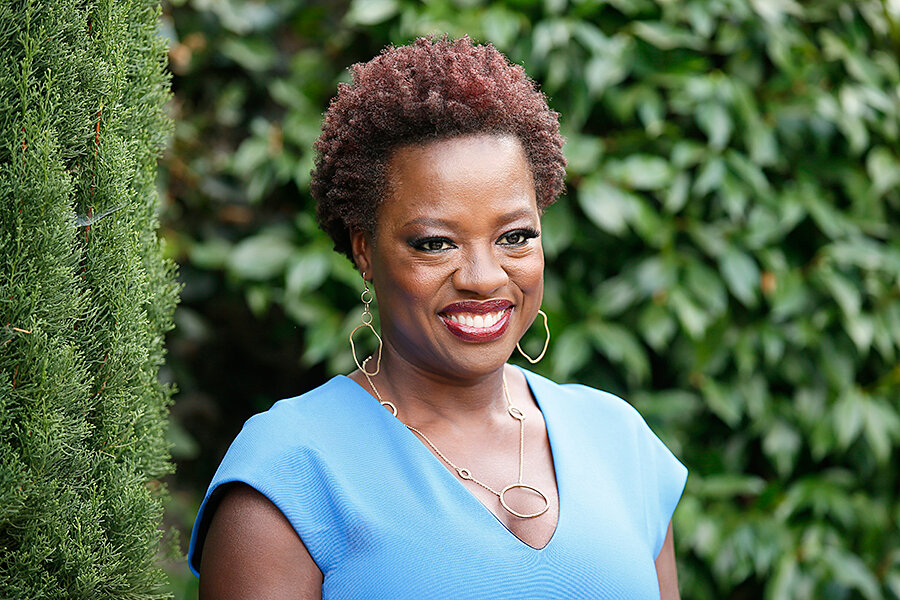A 'rape glut' on TV: How viewers can respond
Loading...
At a time when many colleges are working diligently to reduce rape on campuses, the entertainment industry has decided to give viewers more depictions of rape on TV shows, and especially brutal ones. A few television critics have even expressed disgust at this cultural “rape glut,” notably after scenes of shocking rapes on recent episodes of “Outlander” (Starz) and “Game of Thrones” (HBO). Another sign of outrage: Sen. Claire McCaskill of Missouri vowed she would no longer watch “Game of Thrones,” tweeting this comment: “Cumulative effect [of] violence & brutality took its toll.”
If enough viewers decided to boycott or complain about rape-explicit shows, that might help send a message to scriptwriters who take pride in pushing the limits of decency or who damage campaigns to stop rape in real life. But depictions of sexual violence have been around for millenniums in various forms of art. A more practical step for now would be to persuade the industry – short of government coercion – that most viewers prefer to contribute to current efforts at rape reduction by not watching fictional rape.
Another point of persuasion would be to discuss when, where, and how to depict rape, if at all. Can viewers be given better warnings of such “adult content”? How can children be better protected from particular shows? Should rape scenes be only on cable, late at night, or restricted to streaming services? And can such scenes not be gratuitous or used as flimsy and needless props in a story line?
An even more productive direction would be to ensure rape scenes, if absolutely integral to a narrative, show how victims can be supported and how they can recover their innocence. That can be a teachable moment.
Many women and men are able to heal after a rape, an experience that would be far more poignant and memorable to depict than a fleeting moment of horror. As a plot device, that might be both inspired and inspiring. Viewers would likely respond to shows that play to their finer sensitivities.
For those people who decry rape on campuses, in the military, or elsewhere, they need not be passive when a TV show depicts graphic sexual violence. Enough tweets or e-mails of complaints can influence a show’s producer, writer, or director. Ending a “culture of rape” will require reducing rape scenes in popular culture.





